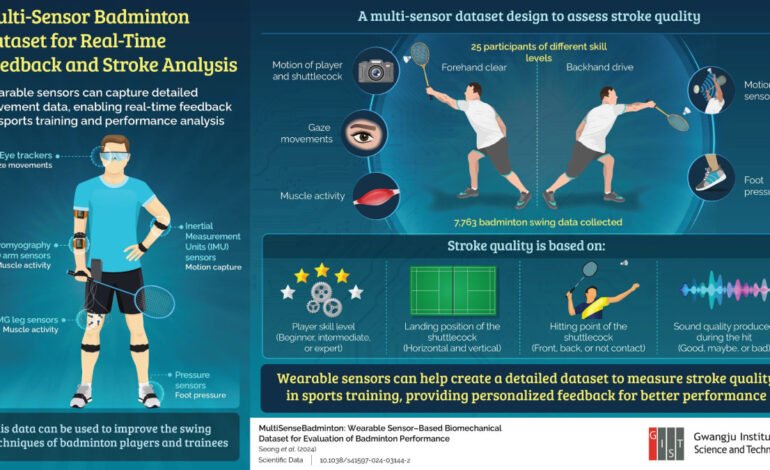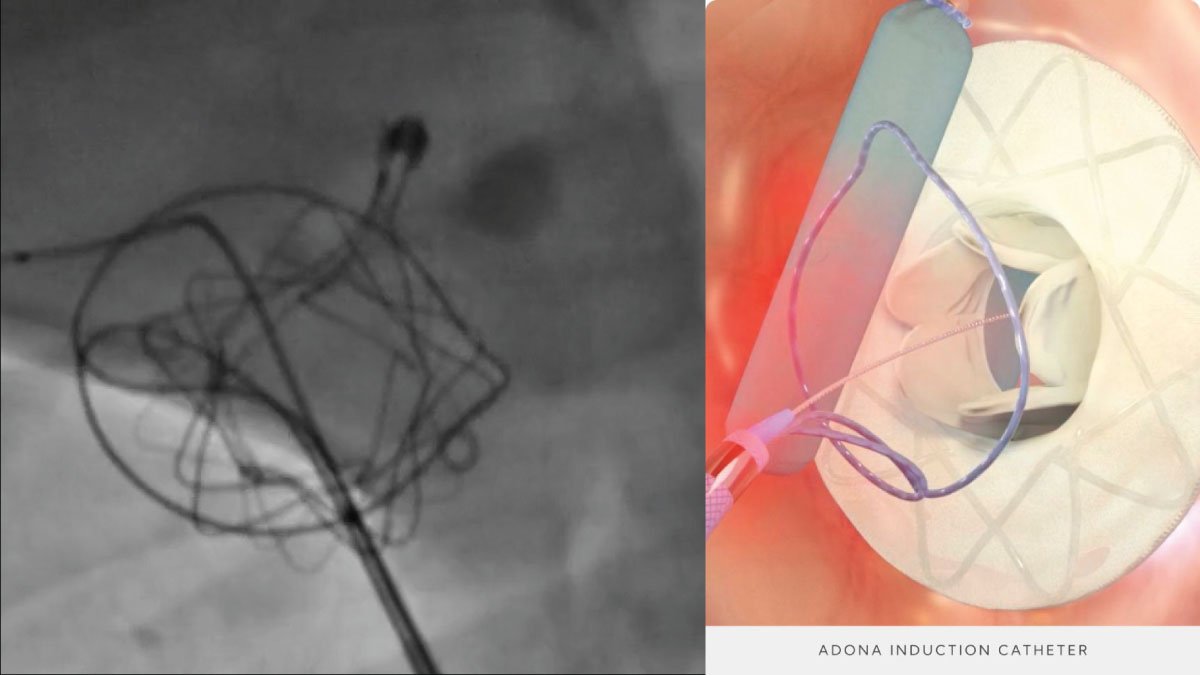Biomechanical Dataset Revolutionizes Badminton Performance Analysis

Quick Read
An advanced Biomechanical dataset is revolutionizing the study of badminton skills. By using wearable devices, this information set provides in-depth understanding of how athletes move and perform, with numerous uses in the fields of biomechanics, sports health, and medical technology. As the field of biomechanics progresses, these information sets can aid in improving athlete training and also impact the development of technologies for recovery.
Biomechanical Data: A Game-Changer in Badminton Performance Analysis
The creation of a cutting-edge biomechanical dataset for badminton players is transforming our comprehension of how sports performance is achieved. This dataset, gathered through the use of wearable sensor technology, captures in-depth information on an athlete’s movements, muscle activation, and agility. By accurately monitoring performance indicators, coaches, physiologists, and engineers can more effectively study an athlete’s movements to tailor training programs.
This dataset offers a comprehensive view of how various athletes perform under different conditions of training, skill, and physical condition. The information collected is beneficial not just to sports but also to fields like biomechanics and sports medicine, opening up new avenues for enhancing performance and preventing injuries.
Benefits of the Biomechanical Dataset in Performance Analysis
The main benefit of this biomechanical dataset is its capacity to collect and analyze live movement data, providing a detailed assessment of an athlete’s performance. The wearable sensor technology records details on an athlete’s footwork, hand actions, and muscle tension, allowing both athletes and trainers to pinpoint areas for improvement and inefficiencies in movement.
The dataset’s accuracy can also help lower the risk of injury by identifying incorrect form or overuse of certain muscles. Consequently, incorporating this technology into training programs could significantly prolong an athlete’s career by reducing stress on joints and muscles.
Furthermore, this dataset contributes to the creation of personalized athletic training programs, customized to fit the unique biomechanics of each player. It provides detailed feedback that was previously unavailable, making it a valuable tool in the optimization of performance.
Applications of Biomechanical Dataset in Medical Devices and Beyond
Beyond the realm of sports, the biomechanical data holds great potential for medical applications. By understanding the precise movements of the human body, researchers can enhance rehabilitation devices for patients recovering from surgery or injury. Physical therapists can utilize this data to develop customized recovery plans, ensuring that efficient movement patterns are restored and the risk of reinjury is minimized.
The wearable sensor technology integrated into this dataset could also be adapted for prosthetics, where precise movement data is essential for creating devices that closely resemble natural body motion. By refining these technologies, this dataset can advance rehabilitation tools, especially in the area of sports medicine.
Future Trends in Biomechanics and Performance Technology
As the collection of biomechanical data progresses, future applications could extend well beyond badminton and sports. This dataset establishes a strong foundation for further developments in wearable technology and artificial intelligence-based performance analytics. Machine learning algorithms could be developed to analyze data on a large scale, offering real-time feedback to both athletes and medical professionals.
Conclusion
The biomechanical information set for analyzing badminton skills marks a significant advancement in enhancing sports performance and medical technology. By enabling the monitoring of real-time movement information through wearable devices, this breakthrough not only improves athletic conditioning but also introduces fresh uses in recovery and medical equipment. As research in biomechanics progresses, we anticipate the development of more advanced instruments, allowing for better human performance and better health results.




















